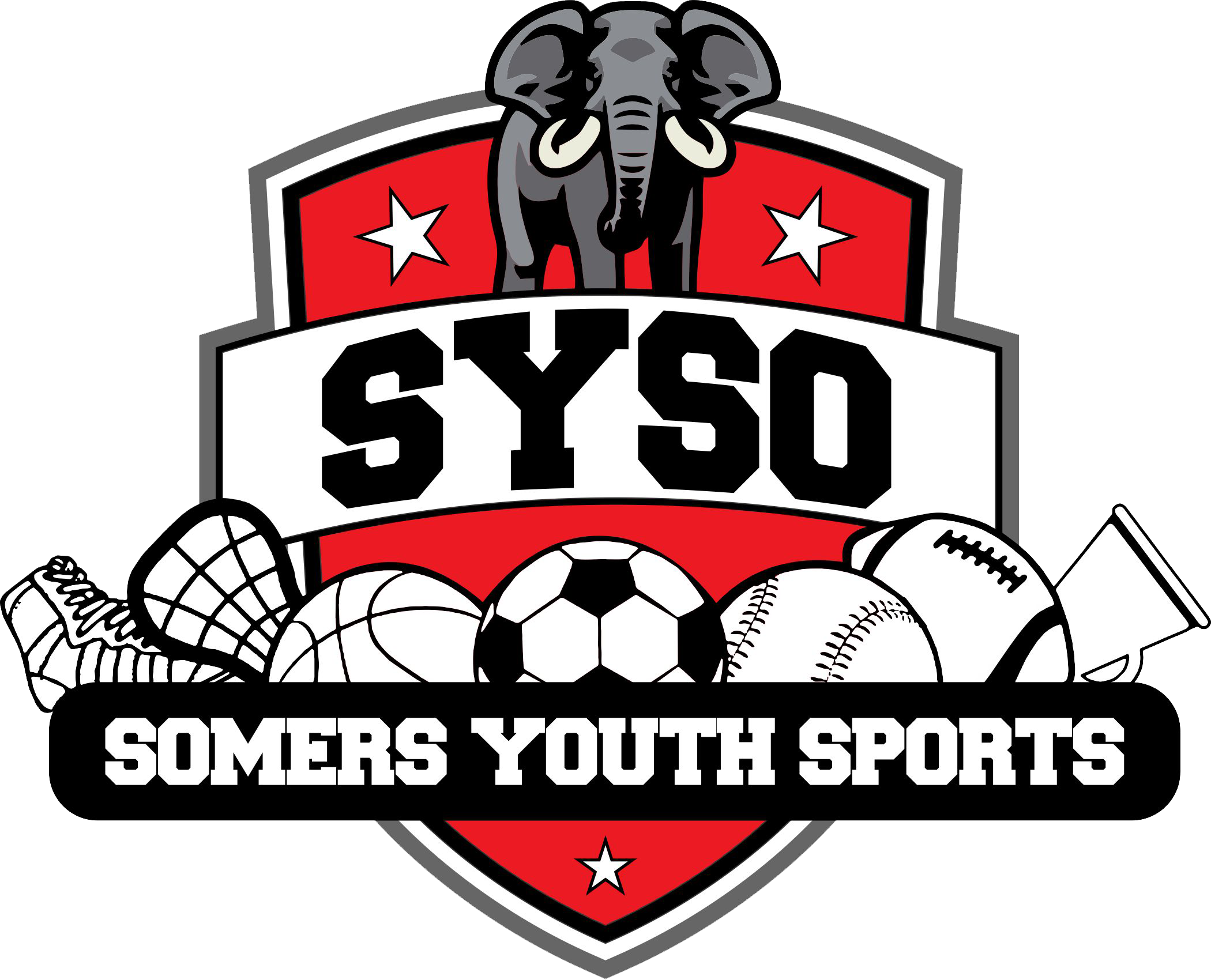Rookie League
Official Rules and Best Practices
SYSO Rookie League is an instructional level of baseball. The division builds on the tools learned in T-Ball and is the bridge to our minor league division. Open to boys and girls in 1st and 2nd grade.
Innings Played – Rookie Division games are slotted for an hour and a half (The first 30 minutes of each game-day are designated for warm-ups and practice). The hour “game” portion will allow a minimum of 4 innings of play. If time permits, at coaches’ discretion innings will be added to the game within the remaining time slot.
Roster Lineup Batting –Rookie Division Baseball uses roster lineup batting. Entire squad will be broken into 2 half lineups. eg 12 player team- Bat half of the roster per inning --- 1st inning 6 hitters, 2nd inning 6 hitters etc. This keeps the games moving much more quickly and also keeps kids more engaged in the game...BEST PRACTICE: In order to save time on game day League Director will supply coaches with Lineup cards that can be filled out prior to each game. Coaches can then put filled lineup card on a clipboard and post it on the dugout wall. This process makes game days much easier and more fluid than coaches trying to create a lineup at the field during the game.
Coach Pitch- Each batter will be allowed 6 swings per at bat to put the ball in play on a regularly pitched ball. If there are 6 unsuccessful swings, the coach will transition to a soft toss for 2 more swings. BEST PRACTICE: If coach has to make the transition to soft toss. Make the process smooth by turning it into a positive, learning experience for the kid eg, Mike Trout takes 100 soft toss swings a day...and he is the American League MVP. If 2 soft tosses does not result in ball put in play, a tee should be used.
Hits & Putting ball in play- After the ball is put in play generally players will advance station to station (i.e. base to base) Having said that players may advance more than one base based on coaches discretion. BEST PRACTICE: Coaches will use judgment on extra bases. We don’t necessarily need a runner who hits a ground ball to the second baseman to take extra bases due to the ineptitude of the defense kicking the ball around the infield but if a kid hits a solid shot into the outfield gap---let him go for 2, get the kids use to taking the extra base on a solid hit.
Recording Outs – While 3 outs will not end a half inning. Encourage the kids on defense to make the plays---record your outs. Hitters, unlike in tee ball must reach base safely. If they make an out DO NOT ALLOW THEM TO STAY ON BASE. Rookie Ball is designed to prepare our players for the next level. Outs are part of baseball get players use to the fact that when you’re out…you’re out and that it is part of a baseball game. If a 3rd out is made runners should be removed from the bases. Team hitting should complete their rotation.
Defense – Each team will place entire roster on field during their defensive half of an inning. At times this could mean having more fielders than one would have in a “normal” baseball game. Spread players evenly around infield and outfield. Encourage defense and while 3 outs do not end an inning,(lineup batting) record the outs as a way of rewarding good defense. BEST PRACTICE: Use field assignment charts (supplied by league director) as something you can pre-fill out by inning prior to game time, put chart(s)on your clipboard and post on the dugout wall each half inning. Trying to place 10+ kids on the field between innings can be a headache to say the least. If you have your chart ready to go it will get your players out to field quickly and it also gives them the visualization as to where they are suppose to go. Best practice- rotate outfield to infield each inning- reward better fielding players with positions that require more skill, ie 1st base.
Cancellations- Cancellation notices due to inclement weather or unplayable field conditions will be sent league wide via email to all coaches and players. No phone calls will be made.
Safety Precautions – All players will wear a batting helmet at all times while a) At Bat. b) On base. c) Playing first-base on defense. Optional but recommended a) Protective Cup b) Heart guards.
